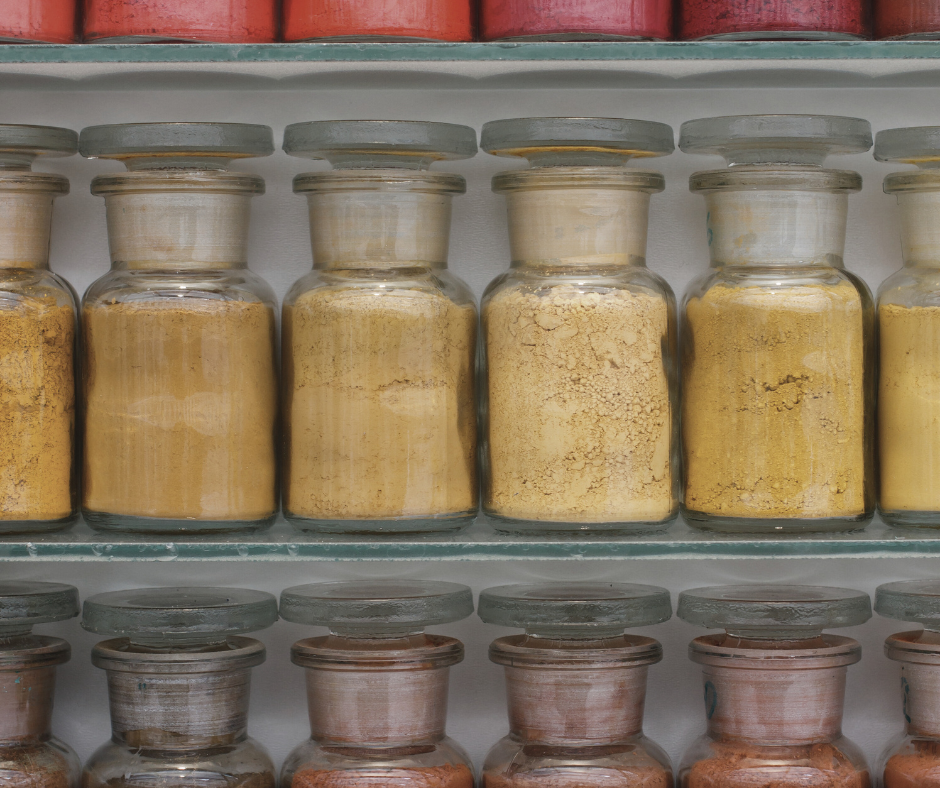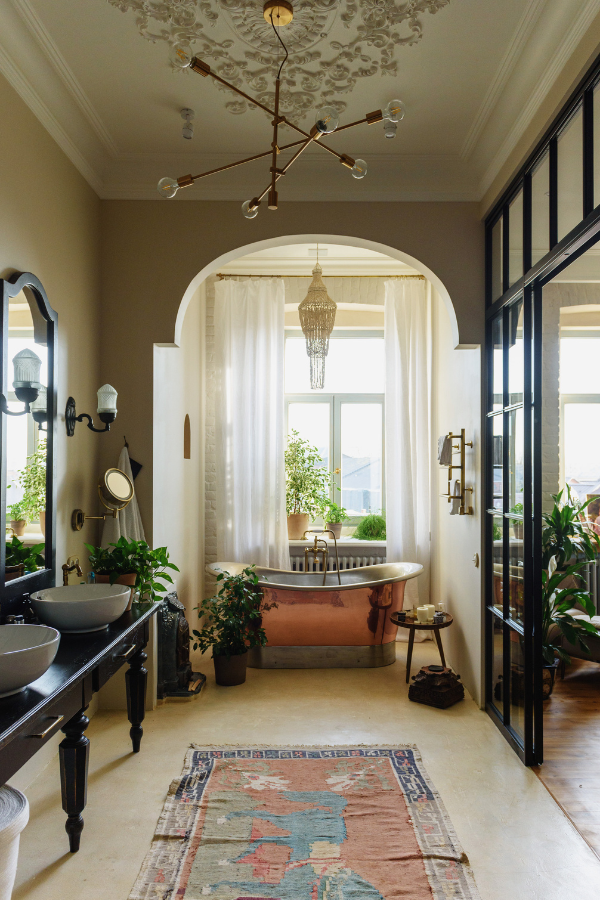

Four Material Libraries Dedicated to Sustainability, Preservation, and Education
Summary
These material libraries not only provide access to eco-friendly and historically significant materials but also foster a deeper understanding of the importance of sustainable practices in design and construction.
Reflection Questions
- How can access to sustainable and historically significant materials influence your design choices in future projects?
- In what ways can material libraries serve as a bridge between past practices and future innovations in architecture and design?
- How can incorporating materials from these libraries into your work contribute to broader environmental and educational goals?
Journal Prompt
Reflect on a recent project where material selection played a crucial role. How might the resources from a sustainable material library have changed or enhanced your approach? Consider how these libraries could impact your future work and what new possibilities they might unlock for more environmentally conscious design.
Materials libraries are unique institutions that bridge the gap between theoretical knowledge and practical application in fashion, architecture, interior design, restoration, and many other fields. They house vast collections of materials, but also host educational programs for professionals and students alike. These libraries offer a tangible way to experience the properties of historic and innovative materials you might not otherwise be able to access. From sustainable building materials (MaterialDriven) to rare pigments (Harvard), each library serves a specific purpose. Read on to learn more!
What Exactly is a Materials Library?


A materials library is a specialized resource center that collects, catalogs, and displays a wide range of materials used in architecture, design, construction, and/or the fine arts. These libraries usually provide both physical samples and digital databases of materials. They include detailed information about each material’s properties, applications, and sustainability.
In doing so, these libraries hope to inspire and educate, support research and innovation, facilitate the selection of appropriate materials for projects, and promote the use of sustainable and advanced materials. By offering access to a curated collection of materials, these libraries bridge the gap between material science and practical application.
4 Material Libraries For Artists, Architects, Designers, and Restorers
#1 MaterialDriven and the Dallas Material’s Library
Founded by Purva Chawla and Adele Orcajada, MaterialDriven is a design agency and materials library dedicated to sharing innovative and sustainable materials. With locations in Dallas, London, and Bilbao, MaterialDriven offers over 300 materials that their team has carefully curated.
The information this agency provides helps close the gap between developers and designers who want to apply these materials in their own projects. According to the agency’s website, MaterialDriven also hosts “immersive exhibitions and large-scale temporary installations for our clients, focussed on new, sustainable and sensory materials.” They have hosted these exhibitions all over the world—from Poland to Spain to the U.S. MaterialDriven hosts workshops regularly, too.
By sharing cutting-edge materials and their applications, Dallas Materials Library promotes educational and professional development across a variety of industries. These include—but are not limited to—interior design, real estate, and fashion. Their team’s expertise spans consulting, curation, and education, which makes this library an especially valuable asset for architects and designers seeking the latest in material innovation.
MaterialDriven’s Dallas Materials Library was part of their Life in Loop project. You can learn more about the exhibit here.
#2 The Forbes Pigment Collection


The Straus Center for Conservation and Technical Studies at Harvard Art Museums is home to the Forbes Pigment Collection, which is one of the most comprehensive collections of pigments in the world. This collection boasts thousands of rare and historical pigments that facilitate research, exploration, and teaching.
While these pigments are not displayed for just anyone to view, the Center’s physical location is accessible to conservators, scientists, historians, and Harvard faculty by appointment. Digital resources—like informational videos, interviews, and more—are available through the Center’s website and YouTube channel. All are intended to inform us about the composition and degradation of art materials.
Both on-site and online, the Center supports the study and preservation of artworks through its extensive collection and ongoing scientific research. It also helps today’s artists create paintings with lightfast and long-lasting materials by educating them about safety and longevity of pigments used throughout history.
#3 COAM Material Library
You can find Spain’s largest materials library—COAM Material Library—at the Official College of Architects of Madrid. Catering to architects and interior designers, COAM offers over 1,000 materials organized by finish, fitting-out, solutions, and structural work.
Fuel your creative fire & be a part of a supportive community that values how you love to live.
subscribe to our newsletter
*please check your Spam folder for the latest DesignDash Magazine issue immediately after subscription


The library’s 700m2 space is ideal for planning innovative projects, which is why it has evolved into an essential hub for Spanish designers and architects. COAM also consults on and exhibits innovative projects, which further enriches the community.
#4 Material ConneXion (MCX)
With locations all over the world—including New York, Bangkok, Beijing, Cologne, Daegu, Istanbul, Milan, Seoul, and Shanghai—, Material ConneXion is a global leader in material innovation for aeronautics, fashion, and many other industries. Boasting the largest resource of advanced, innovative, and sustainable materials, their library includes over 6,500 materials reviewed by an international panel of experts.
According to their website, MXC helps “companies find sustainable material alternatives to their current manufacturing supply and support product ideation by finding and recommending materials that enhance performance, aesthetic, and sustainability.” With physical material samples and an extensive online database of program files, Nexio is an amazing resource!
How You Can Help Keep These Libraries Alive


You can help keep materials libraries alive by donating materials or financial resources, volunteering your time, and advocating for their importance within the community. Donations of unique and innovative materials expand each library’s collection, while financial contributions support operational costs and the acquisition of new resources. Just make sure that any material contributions are sent according to the institution’s rules.
If you have free time to donate, reach out to one of the libraries and ask if you can volunteer. Your volunteer hours might be spent assisting with cataloging, organizing events, or providing expertise.
Not close enough to part of the team? Raising awareness about the value of these libraries in fostering innovation and education is just as important. Your support helps ensure these libraries continue to inspire and serve professionals, students, and researchers in various fields.








